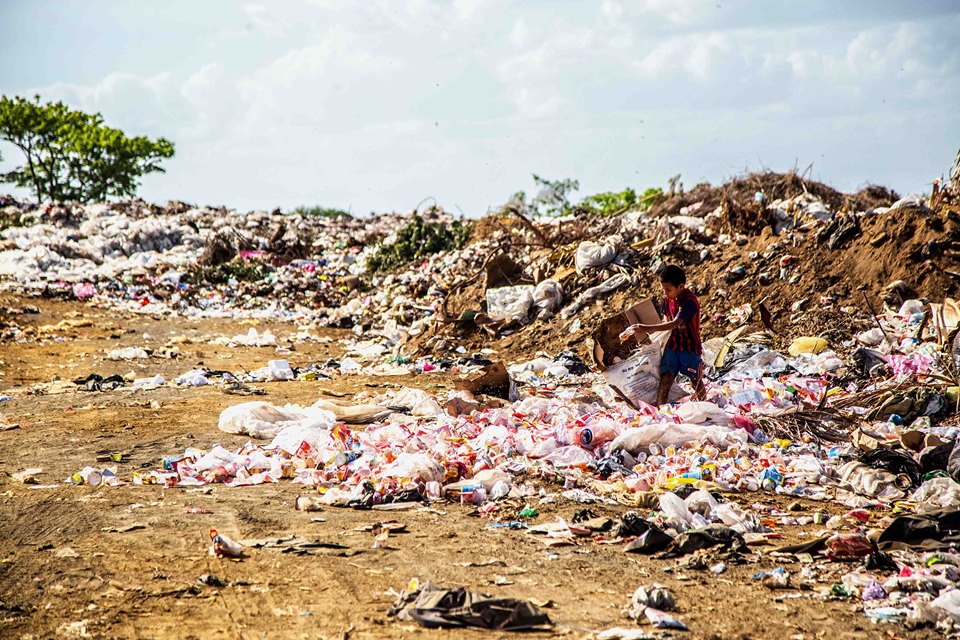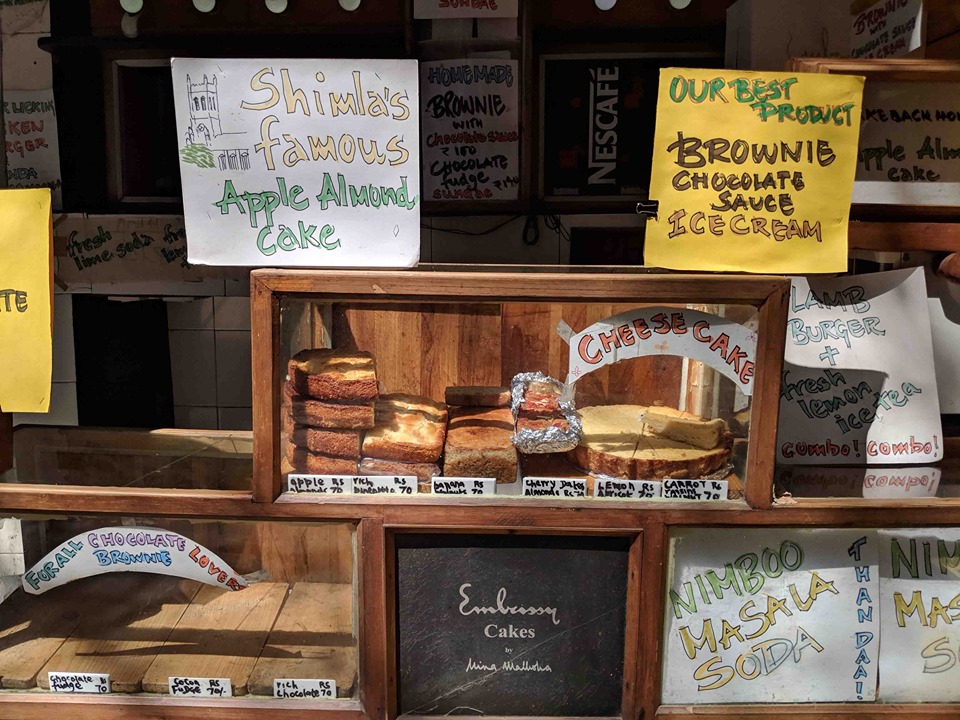Understanding Sustainable Travelling
By 2028, the tourism sector is expected to contribute 9.9% of India’s GDP. That’s a whopping 460 billion USD. Today, the tourism sector is amongst the fastest growing industry in India. However, this growth comes with a cost of irreversible damage to the environment. Unfortunately, many of us remain in denial. We don’t understand that our resources are limited and tourism is negatively affecting the environment, local cultures, and communities. With this FOMO and YOLO induced wanderlust where everyone is eager to boost their cool lifestyle on Instagram, we really need to step back and be mindful of our ways.
Of course, I am not asking you to STOP travelling. That would be brutal and unfair. But with wanting to travel, loving it, needing the time-off and at the same time saving the planet we live on creates a conflicting paradigm. That’s where understanding sustainable travelling comes in.
In this article, I’m going to help you understand the basics of sustainable travelling: what it means, its different aspects, impacts, and importance.

What is Sustainable Travelling?
As per the UN World Tourism Organization – “development which meets the needs of present tourists and host regions while protecting and enhancing the opportunity for the future. It is envisaged as leading to management of all resources in such a way that economic, social, and aesthetic needs can be fulfilled while maintaining cultural integrity, essential ecological processes, biological diversity, and life support system.”
Too confusing?
I know. So here’s sustainable travelling explained in one line – travelling in a way that it can be maintained for the long-term without harming natural and cultural resources.
Sustainable travelling is about valuing the environment and being more aware of negative effects caused due to tourism. It is not just limited to environment but also concerns the local economy, people and culture.
Aspects of Sustainable Travelling
To understand sustainable travelling and its impact, let’s talk about the three main aspects of sustainability:
Environmental Aspect:
It focuses on minimizing the negative impact on the environment of a place due to tourism. The environmental aspect includes the effect of travelling on the local air, water, land, natural resources and wildlife.
The carbon emissions due to tourism are four times larger than expected. A study published in Nature Climate Change says tourism-related emissions can go up by around 15% over and is expected to reach 6.5 Gt (gigatons) by 2025.
If you are trying to wrap your head around these facts, this amount of carbon emission equals the emissions by 1.413 billion civil vehicles that can produce in a year. Which is 2 million vehicles more than all the cars combined in the world. Are you starting to get the picture now?
It’s predicted that 40% of the world’s carbon emissions will be generated by tourism by 2050. To break this down, right now 72% of tourism’s CO2 emissions come from transportation, a further 24% from the accommodation, and 4% from tourism activities. (Source: Internet)

Social Aspect:
Sustainable travelling considers the impact of tourism on local people and the communities as well. The best perk of travelling is that we get a chance to make connections with different people if we are willing. We can get involved with community tourism projects, non-profit organizations, and charities. But that is just one side of the coin.
The flip side is how many indigenous cultures suffer commercialization. We all heard the news of an American tourist who insisted on visiting an isolated island in Andamans was killed by the tribals. That is one extreme example of irresponsible travelling. And that’s not all; the expanding tourism also contributes to the land encroachment, human trafficking, sex trade and other exploitations which the locals suffer.
Economic Aspect:
Travelling comes with business opportunities. It creates jobs, for sure but how sustainable is that module? Is the money we expending going to the right people or are we helping the multinational corporate getting richer?
While travelling, we can use our money to positively contribute to the local economy. Like supporting the local restaurants instead of McDs and Burger Kings, staying in homestays or buying from local shops (handicrafts, souvenirs, groceries). This will take out the middle man/companies and contribute directly to the local economy. This can be perfectly summed up in the mantra: ‘eat local, sleep local and buy local.’

Now, we cannot stop travelling but we can surely mend our ways to make it more sustainable. The authorities are doing their part but that’s not enough. We have to take individual responsibilities and change our behavior patterns. When travelling, we should be more mindful of how we travel and our impact on the various aspects of sustainability.
Sustainable travel should be the only way we travel.
*Understanding Sustainable Travelling and its importance is coming one step closer to responsible travelling. But how to implement it in our practices? Read these Top Tips For Sustainable Travelling here*
Click here to read about how I travelled to make a difference in Tirthan Valley this summer



